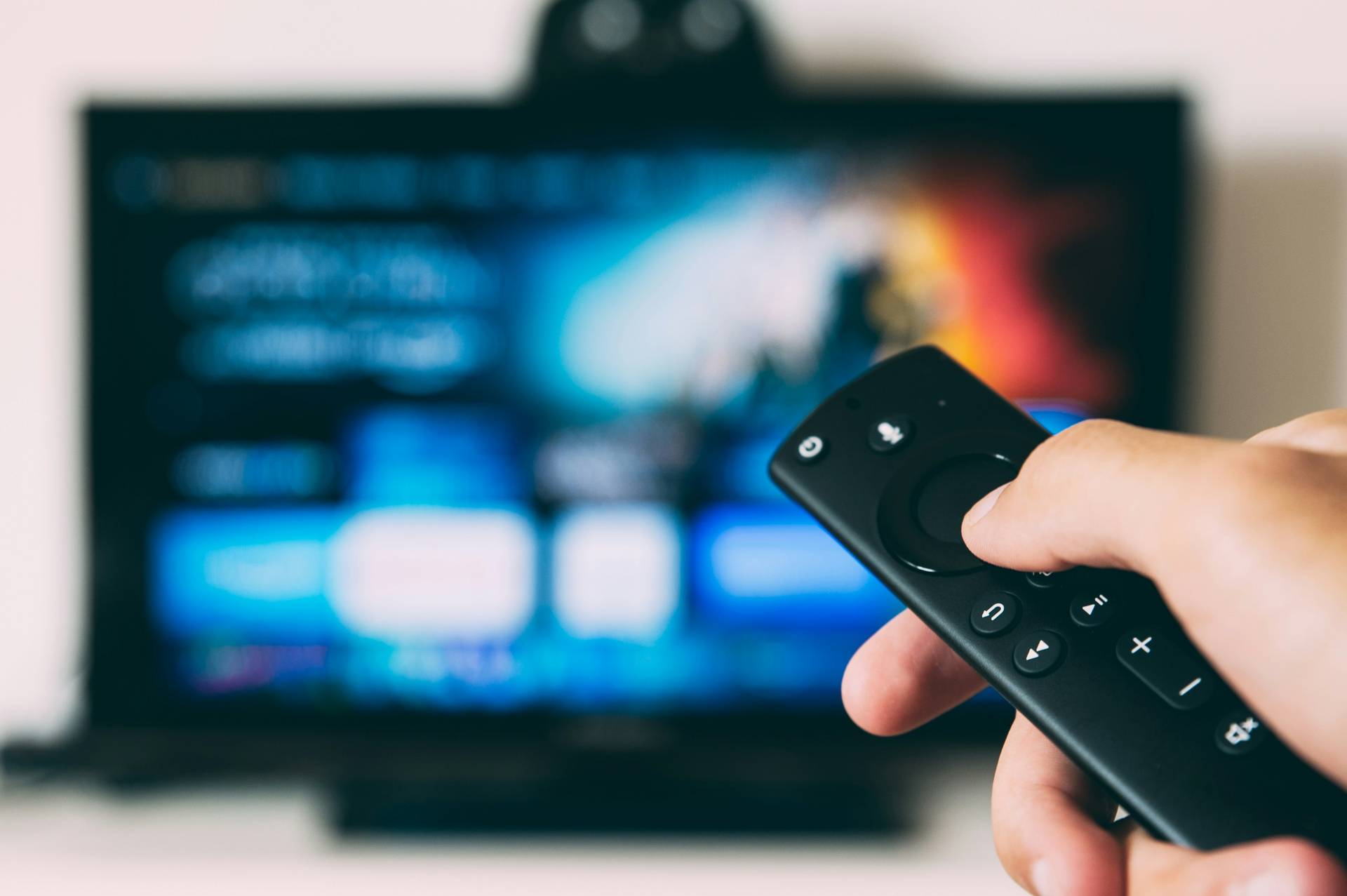
2025 TV Buyer’s Shortlist: The 10 Models That Stand Out This Year
Discover the top 10 must-see TVs of 2025, showcasing exceptional features and stunning designs that elevate your viewing...
FabLife Transfer boards are used to help people with physical disabilities or loss of leg function move safely between seated surfaces. The flat, rigid board acts as a bridge, so users can sit and slide from a wheelchair to a bed, sofa, bath, car seat or commode at their own pace ...FabLife Transfer boards are used to help people with physical disabilities or loss of leg function move safely between seated surfaces. The flat, rigid board acts as a bridge, so users can sit and slide from a wheelchair to a bed, sofa, bath, car seat or commode at their own pace.
Also known as sliding boards, transfer boards are commonly used to assist patients who are amputees, paraplegic, elderly, disabled, or post-surgery. They are also ideal for people with conditions such as lower-body paralysis, osteoporosis, arthritis and back injuries. Transfer boards require less upper-body strength compared to other transfer systems, so individuals can use the boards independently as everyday mobility aids.
Clinicians and caregivers can also use transfer boards to assist them with safely moving patients in health care or home care settings. Transfer boards are lightweight and made from deluxe, heavy-duty, sealed wood. Two sizes are available to support users up to 350 lbs.
(159 kgs) and 450 lbs. (204 kgs). Boards are treated with a permanent coating to provide a non-slip surface, so users can slide comfortably to their next seated position.
The coating reduces friction and prevents chipping, snagging or creating of splinters. The boards also have tapered ends to ensure the upmost comfort for users. Boards are available with one or two handgrips, or with no handgrips.
Oval-shaped, cutout handles offer additional leverage to stabilize, maneuver or carry the boards. Opt for a transfer board without hand holes if you prefer a smooth, solid surface. Board thickness ranges from 0.79 inch to 0.87 inch.
Discover more insights and guides in this category

Discover the top 10 must-see TVs of 2025, showcasing exceptional features and stunning designs that elevate your viewing...